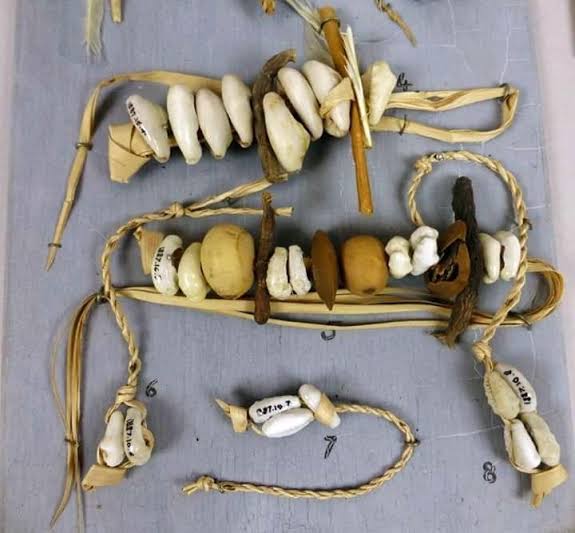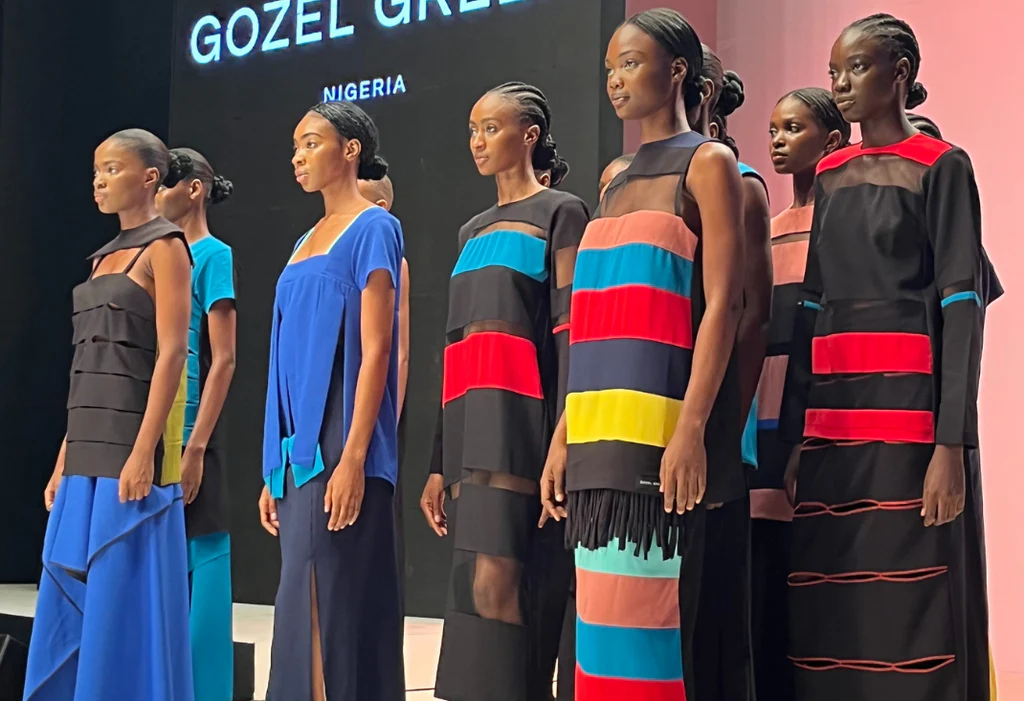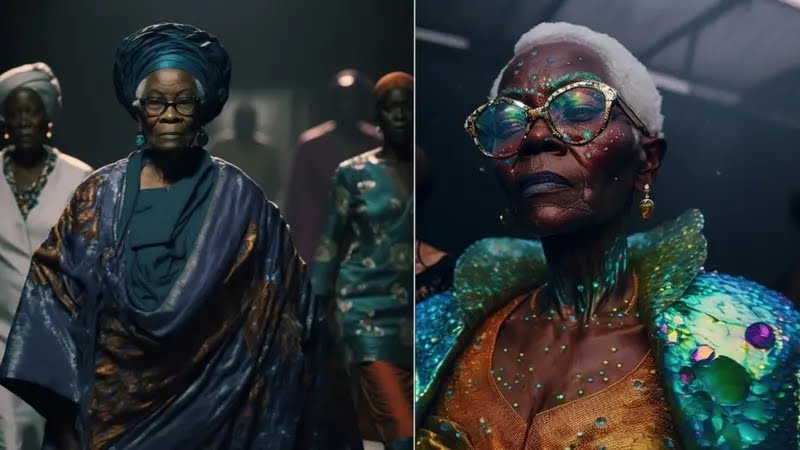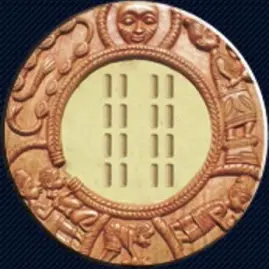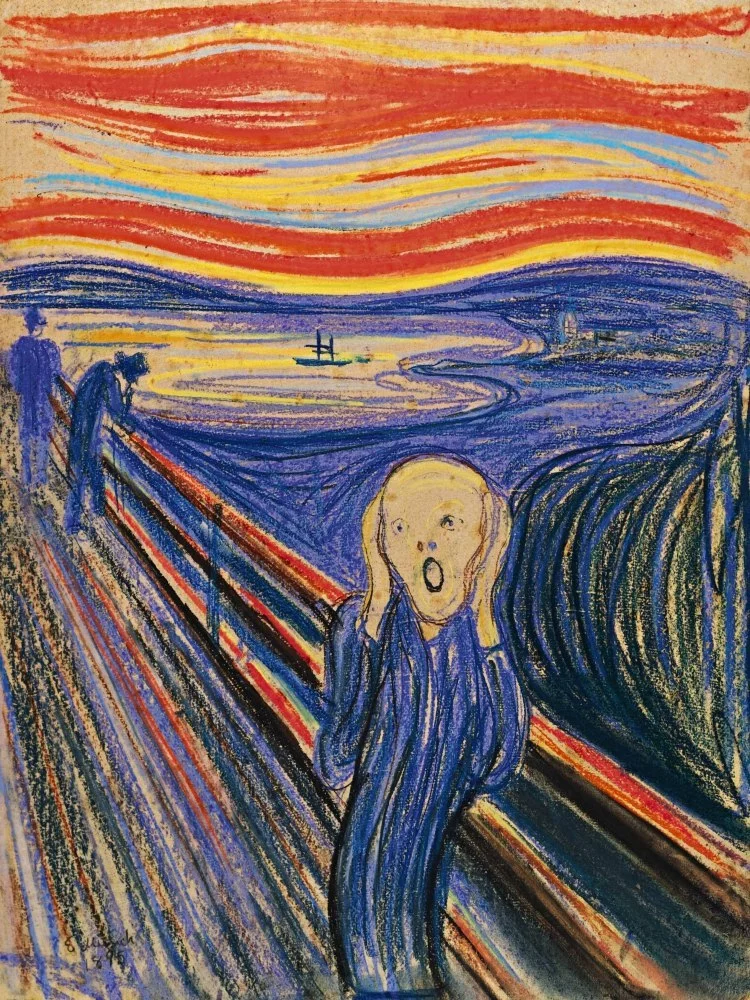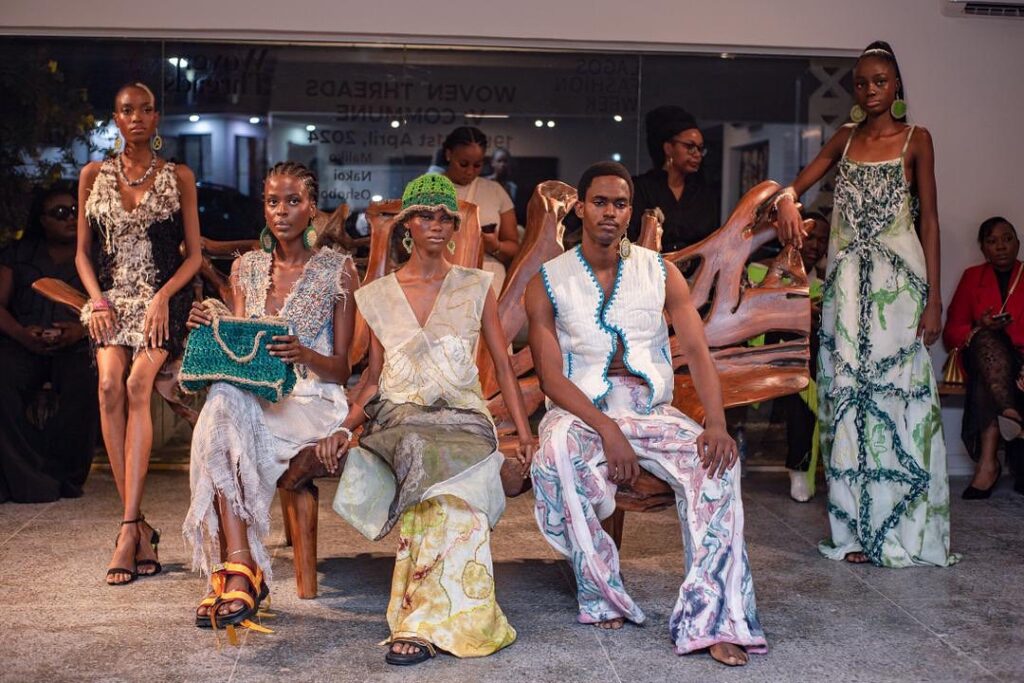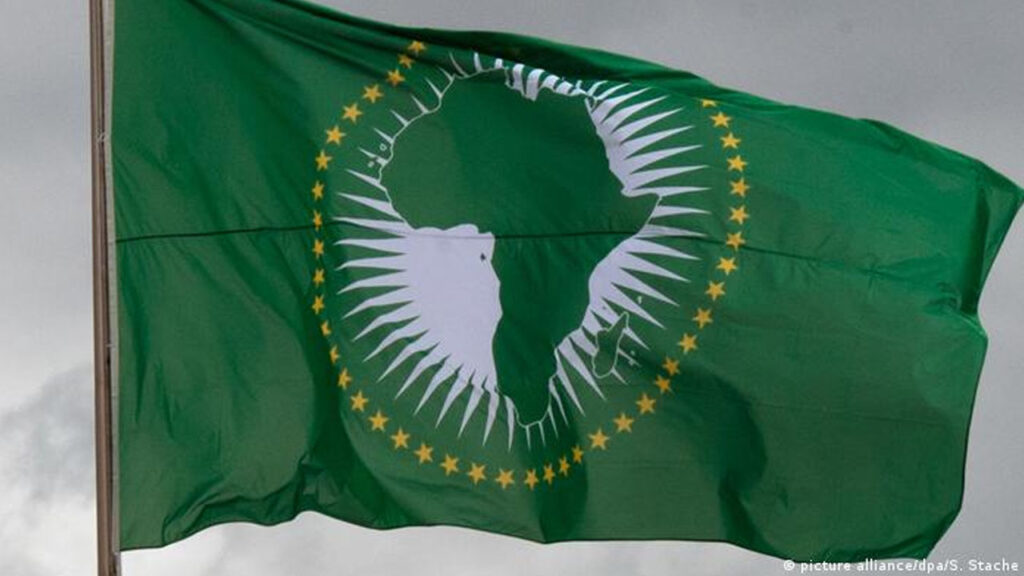Yoruba Aroko, A non verbal form of communication is as old as the yoruba’s from time immemorial.
The Yoruba is known for its wide range of beautiful heritage, amidst this is what we call “Proverbs, Idiomatic Expressions otherwise known as Aroko.
AROKO emerges as a fascinating non-verbal semiotic system, weaving intricate messages through symbolic objects. Let’s delve into the eloquent expressions embedded in the silent dialogue of Yoruba Àrokò.
It’s enormous hidden messages has helped improve communication flow, and pass across messages, that you wouldn’t want another person to understand. Yet it’s part of what makes the Yoruba people who they are.
Let us delve into some of the most widely used and widely recognised ones.
PÁKÒ (Chewing Stick): Love Unveiled
Receiving a chewing stick from the opposite sex goes beyond dental hygiene—it whispers the profound words “I LOVE YOU” in the language of gestures, creating an unspoken connection.
ỌSÀN (Orange): Pleasure and Affection
The exchange of an orange signifies delight and affection. Whether delivered directly or through an intermediary, it communicates joy and approval, possibly hinting at a deeper emotional bond.
ÌYARUN/ÒÒYÀ (Comb): Untangling the Threads of Relationships
Beyond its everyday use for hair care, a comb in Yoruba Àrokò serves as a coded message. Sending a comb to a distant recipient hints at the unraveling of a friendship or the closure of a love affair.
ẸNÍ (Mat): The Silent Indicator of Illness
A piece of mat raffia, especially of the ore type, speaks volumes about the receiver’s household. Its arrival signifies an unspoken concern for the well-being of someone who is ailing and visibly thin.
Ọ̀JÁ/GBÀJÁ: Celebrating New Beginnings
Receiving a part of a cloth used to tie a baby announces a joyous occasion. It conveys the message that the pregnant woman left behind has successfully given birth, marking the beginning of a new chapter.
IGBÁ ÒFÌFO (An Empty Calabash): A Dire Warning
An empty calabash, parrot egg, or skull sent to a king sends a chilling message. It symbolizes the people’s discontent, urging the ruler to reflect on his actions. Tradition warns that this gesture suggests contemplation of a drastic measure.
OWÓ ẸYỌ (Cowrie Shells): Shaping Harmony and Discord
Cowrie shells, with their versatile meanings, navigate the spectrum of emotions. Two shells tied together facing each other signify agreement and harmony, while their backs turned communicate disagreement and discord. The number and arrangement of cowries unveil nuanced expressions, embodying tradition and emotion.
ÌRÙKẸ̀RẸ̀ (Flywhisk/Horsetail): Bridging Monarchs in Silent Dialogue
Sending an Ìrùkẹ̀rẹ̀, adorned with cowrie shells, from one monarch to another transcends mere symbolism. It is a plea for agreement, a gesture of solidarity, or a graceful farewell—binding royal figures in an unspoken alliance.
ÌBỌN/Ẹ̀TÙ (Gun or Gunpowder): Echoes of Conflict
In Yoruba culture, a communication means with gravitas, gun or gunpowder signals conflict or war between states or towns. It is a stark warning, prompting the receiving party to brace for imminent hostilities.
IYỌ̀ (Salt): Nurturing Peace Amidst Tensions
Contrasting the ominous tone of gunpowder, salt becomes an ambassador of peace. Sending salt or honey implies a desire for harmony, solidarity, and tranquility between the involved towns or parties.
Deciphering the Silent Language
The Yoruba Àrokò intricately unveils the profound meanings embedded in seemingly ordinary objects. It’s a silent language that transcends words, echoing through generations, and preserving the cultural nuances of the Yoruba people.

